Tasting
Easy for you to Slay (WC IPA) (American IPA 21A) - Tasting
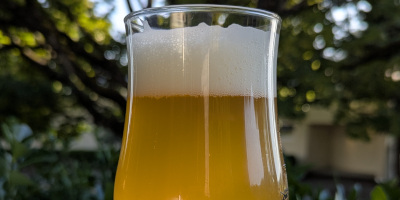
A West Coast IPA with Simcoe, Simcoe Cryo, SIM Quantum Brite, Elani and Krush (LUPOMAX) hops.
Kiwi Pils V6 (New Zealand Pilsner X5) - Tasting
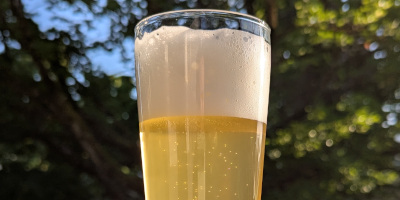
A New Zealand style Pilsner with Nelson Sauvin, Nectaron and Riwaka Cryo hops.
Ah Blah Blah (American IPA 21A) - Tasting
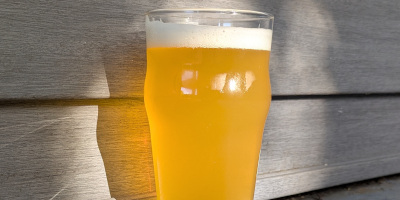
A 7.2% abv West Coast IPA with Citra, Mosaic, Mosaic Lupomax, and Riwaka Cryo hops.
Electric Diesel (American IPA 21A) - Tasting
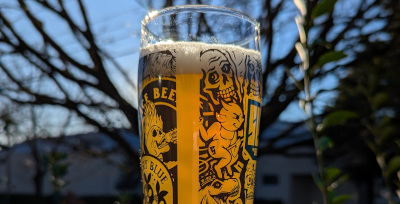
A West Coast IPA with Citra, Citra Lupomax, Nectaron and Simcoe Cryo hops.
Built For Speed Clone Side By Side Comparison V4
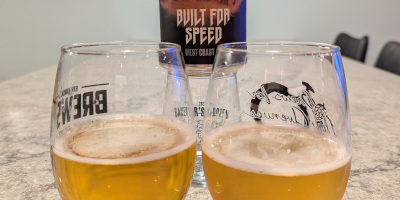
The fourth iteration of my clone of Grains of Wrath’s Built for Speed IPA. Below are links to all 4 recipes and the previous 3 side by side comparison posts.
Mister Eyeballs (DDH) (American IPA 21A) - Tasting

A west coast IPA with Citra, Nelson Sauvin and LUPOMAX Idaho 7 hops.
Solera Project: Black Cap Raspberry (2015) (American Wild Ale 28) - Tasting
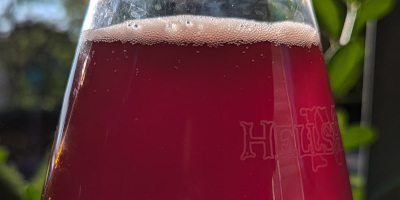
The base beer was originally brewed in 2013 as a Belgian Blonde Ale. We then aged the beer in a freshly emptied 65 Gallon Chardonnay barrel. We inoculated the barrel with some bugs from Wyeast and some dregs from some of our favorite Russian River sour beers. In 2015 (3 years after entering the barrel) we took out 5 gallons into a secondary fermenter on top of 8 lbs of frozen black cap raspberries. After 3 months we bottled the beer. 9 years later I decided to see how this is developing in the bottle.
Built For Speed Clone Side By Side Comparison V3
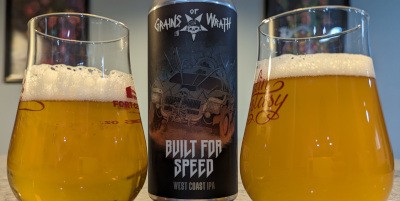
This is my 3rd iteration of a clone of Grains of Wrath’s Built for Speed IPA. Below are links to all 3 recipes and the previous 2 side by side comparison posts.
Trip Wire (WC IPA) (American IPA 21A) - Tasting
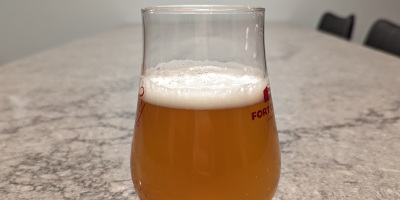
A west coast IPA with AU Galaxy and Vic Secret hops.
Still Flipping (WC DIPA) (Double IPA 22A) - Tasting
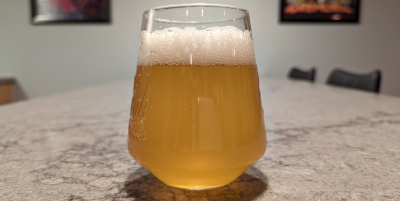
A West Coast Double IPA brewed with Idaho 7 (LUPOMAX), Citra (LUPOMAX) and Columbus (LUPOMAX).
Chasing Comets (American IPA 21A)
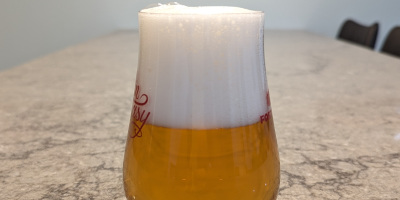
A West Coast IPA with Cryo Columbus, Simcoe and Cryo Citra.
Mess of a Pale - WC IPA (Idaho 7 / Simcoe / Mosaic) (American IPA 21A)
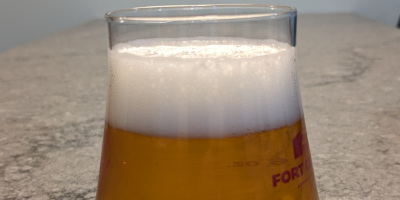
A West Coast IPA with Simcoe, Idaho 7, Mosaic and Chinook hops.
West Coast Pilsner (German Pils 5D) - Tasting
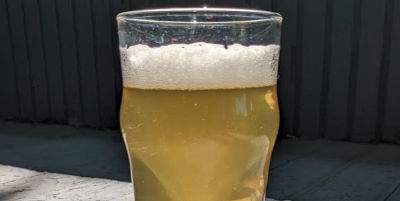
A “West Coast” Pilsner with Mosaic and HBC 586 hops.
Mosaic/Galaxy/Strata West Coast IPA (Normal Chaos) (American IPA 21A) - Tasting
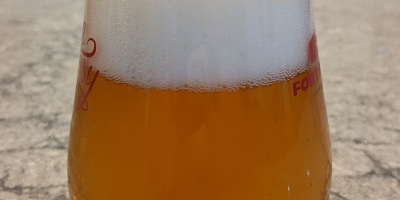
A West Coast IPA with Mosaic, Galaxy and Strata hops.
German Pils w/ Hallertau Blanc (Gizmodo Pils) (German Pils 5D) - Tasting
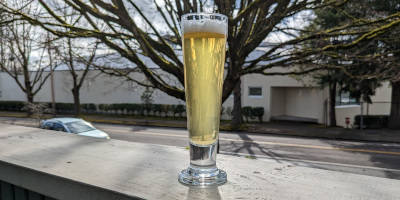
A “modern” German-style Pilsner. Brewed with 100% new-school German Hallertau Blanc hops.
Solera Project: Base (2016) (American Wild Ale 28) - Tasting
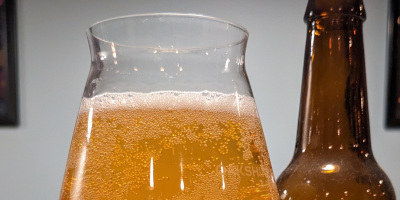
The base beer was originally brewed in 2013 as a Belgian Blonde Ale. We then aged the beer in a freshly emptied 65 Gallon Chardonnay barrel for 1 year. We inoculated the barrel with some bugs from Wyeast and some dregs from some of our favorite Russian River sour beers. In 2016 (3 years after entering the barrel) we bottled up just the base beer without any fruit. 7 years later I decided to see how this is developing in the bottle.
Surfing Gizzy West Coast IPA (American IPA 21A) - Tasting
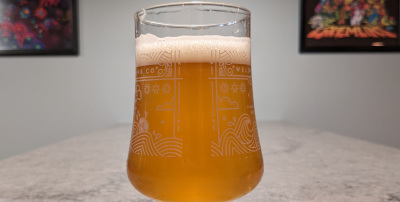
This West Coast IPA uses a hop combination of Enigma, Citra, Mosaic and Nelson Sauvin along with my normal malt bill of ~75% Pilsner and ~25% Pale Malt.
Simcoe / Citra West Coast IPA (Kool Aid Kitty) (American IPA 21A) - Tasting
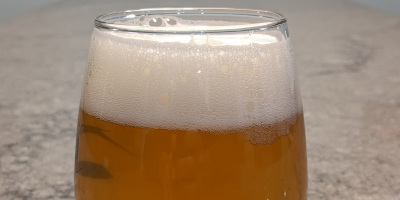
This West Coast IPA uses the classic Citra / Simcoe hop combination along with my normal malt bill of ~75% Pilsner and ~25% Pale Malt.
Dunkles Bock (2nd Luft) (Dunkles Bock 6C) - Tasting
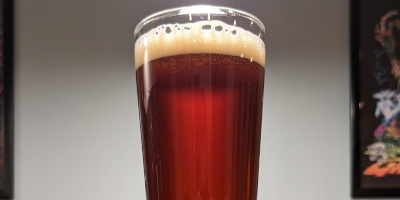
For Winter time, I generally brew a darker and slightly stronger beer. This year I wanted to switch it up and brew a stronger lager, since I normally do stouts. After researching some styles I settled on one that I wasn’t familiar with, the Dunkles Bock.
HBC 586 / McKenzie West Coast IPA (American IPA 21A) - Tasting
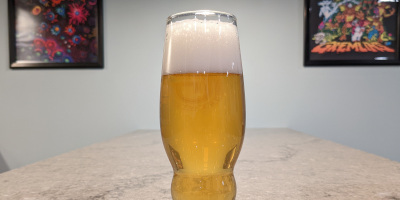
Kiwi Pils v4 (New Zealand Pilsner) - Tasting
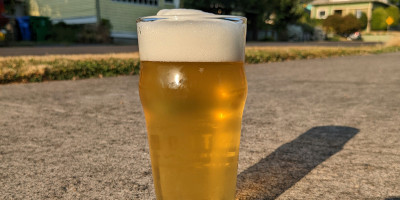
Every summer I brew up a new batch of one of my favorite styles of lagers, the New Zealand Pilsner. This is my fourth version that uses exclusively 100% Nelson Sauvin hops.
HBC 586 West Coast IPA - Tasting
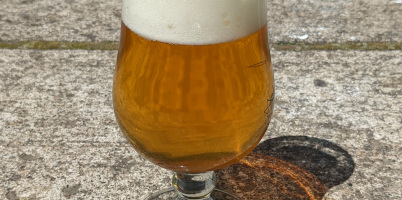
pdXiversary (Schwarzbier (Black Beer)) - Tasting
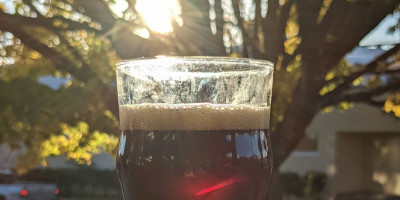
This recipe uses a hybrid lager/ale yeast (Imperial G03 Dieter) that was inspired by a brulosophy reciepe. It was fermented in th high 50’s / low 60’s.
Hints of Dank (West Coast IPA) - Tasting
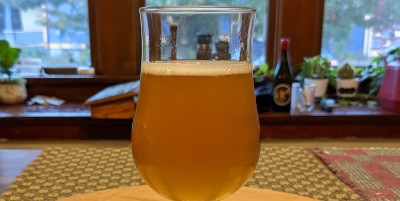
I based this recipe off of Grains of Wrath’s Dystopia IPA. From the description on their website:
Kiwi Pils v3 (New Zealand Pilsner) - Tasting
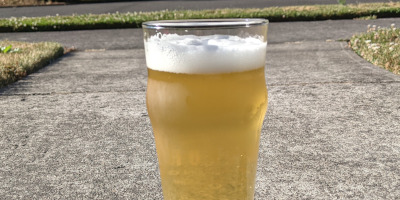
Every summer I brew up a new batch of one of my favorite styles of lagers, the New Zealand Pilsner. This is my third version that varies the New Zeland hops and for the first time the malt bill.
Built For Speed Clone Side By Side Comparison V2
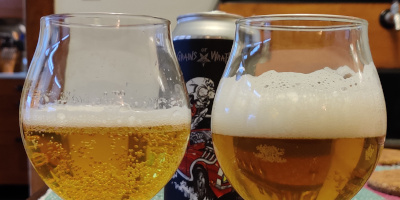
In a previous post I compared the first iteration of my homebrewed version to the commercial Grains of Wrath Built for Speed. I had outlined a few changes to try for the 2nd iteration which I brewed and tapped recently. I’ve outlined my notes in this post.
Coffee Paw (Coffee Vanilla Oatmeal Stout) - Tasting
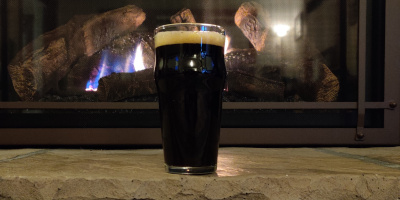
I wanted to make a session-strength stout for the winter. Being a coffee fan I decided to introduce coffee in 2 ways. First I added 3 ounces of whole beans directly to the fermenter after fermentation for 4 days. Then I cold-brewed coffee for 24 hours and added it to the keg before racking the beer on top.
BRU-1 West Coast IPA - Tasting
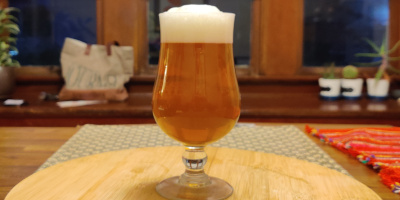
For this beer I wanted to experiment with the BRU-1 hop variety. I ordered a pound of pellets from Yakima Valley Hops. The main descriptor for this hop is pineapple. Some more generic descriptors are “green fruit”, “sweet fruit” and “green-grassy”.
Built For Speed Clone Side By Side Comparison
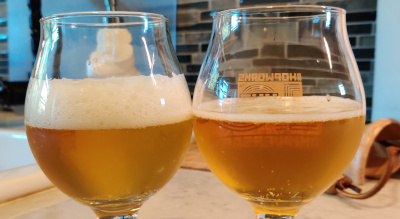
I compared my homebrewed version to the commercial Grains of Wrath Built for Speed. I’ve outlined my notes in this post.
Feature
Dry Hopping Sour and Wild Beer Experiment #2
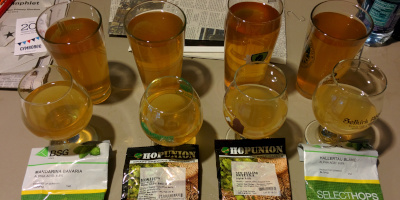
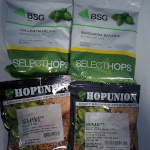
A few months ago I posted an article about dry hopping wild and sour beer. At the end of April we did another experiment using 4 different varieties of hops. The goal was to find either the perfect hop of the 4 or the perfect blend of any of those 4 to use when dry hopping our sour beer.
Dry Hopping Sour and Wild Beer Experiment #1

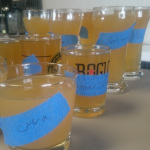
Having experimented with dry hopping sour and wild beer this past summer (as well as actually dry hopping a batch), I thought it would be a great idea to document some findings based on our experiments. The results were surprising to me as some of my favorite hops didn’t work as well as I expected.
Son of Fermentation Chamber Build and Photos

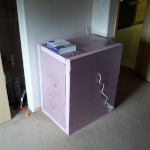
For some time I have contemplated using some sort of cooling mechanism to give me prefect fermentation temperatures while I ferment my beer. Last summer I painstakingly used my chest freezer kegerator. It was a horrible process. It involved removing one (or two) kegs, cranking up the temperature and lifting and setting the heavy bucket with 5 gallons of wort into the chest freezer.
Adding Coffee to Beer
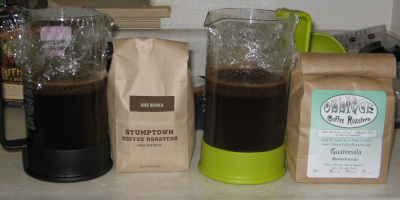
There are several different methods in which coffee can be added to a beer. I’ve had great success with two different methods: adding cold pressed coffee at bottling/kegging and dry-hopping with whole coffee beans. It’s important to remember that not just any coffee bean will work with your beer. Trying the base beer to get an idea of what flavors and aromas it has, greatly helps in trying to find a coffee that will either complement it or add enough contrast without being lopsided. I am only going to touch on the methods I have tried. You could also try adding coffee during the boil or during the mash, among many other methods.
